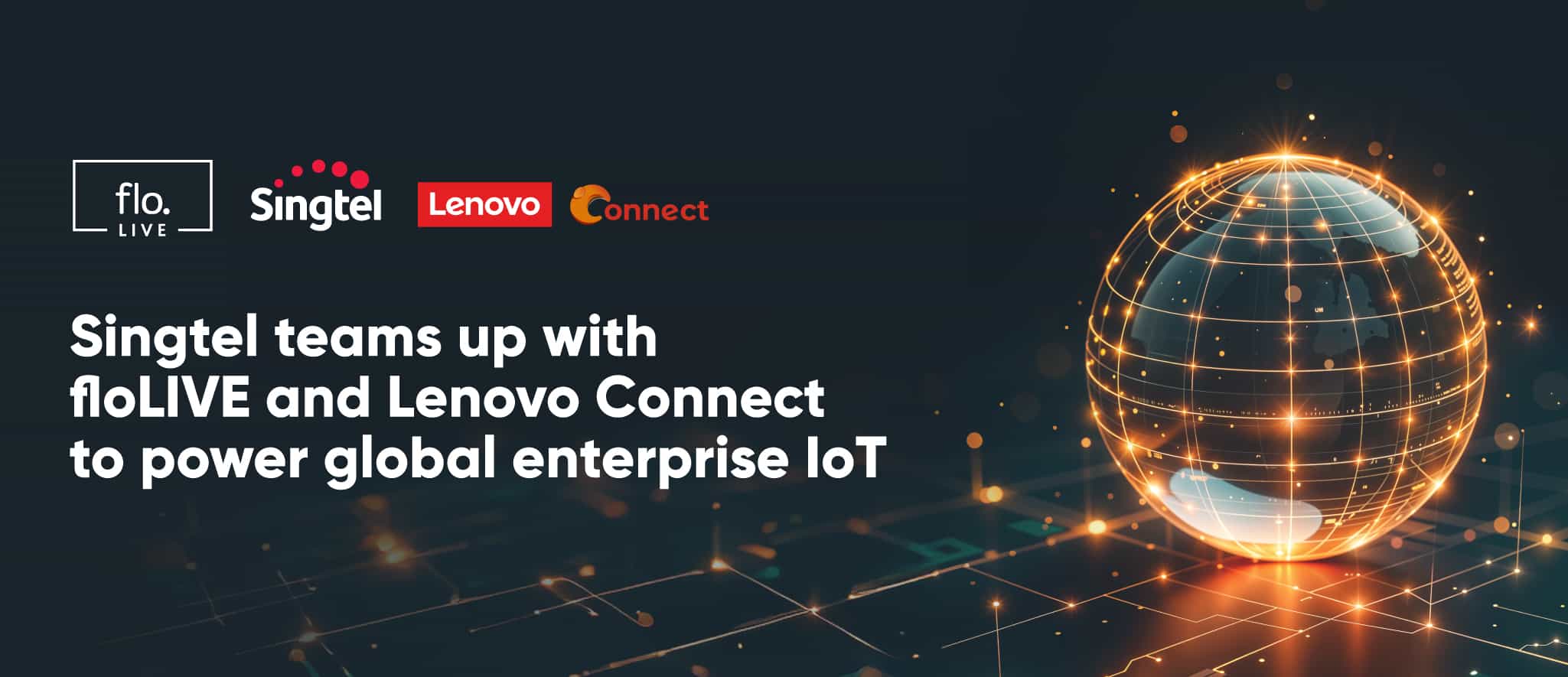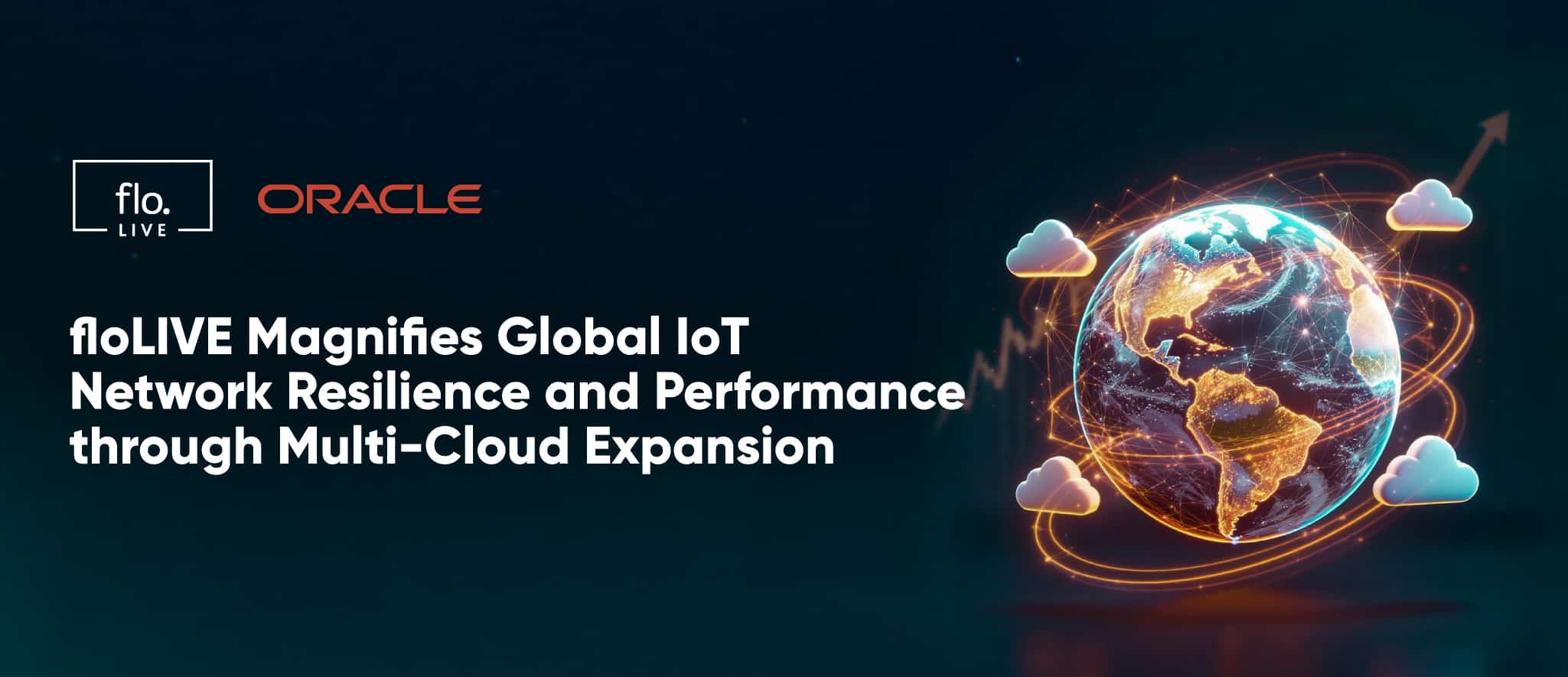Page Contents
5G Network Planning: 3 part plan ensuring service provider readiness

Page Contents
According to the GSMA, 5G networks will cover and serve 40% of the globe by 2024. That’s just 3 years away, and yet many mobile operators are far from ready. As 5G is the entry point to IoT deployments, and IoT is the route to value-added services and increased profits – isn’t it about time you got in the game?
Let’s look at three key areas that need to be covered before mobile operators and service providers can call themselves 5G (and IoT) ready.
What Makes 5G and IoT such a Match Made in Heaven?
First, let’s understand the connection between IoT and 5G. 5G networks are more than just a faster or more performant version of 4G. If you’re stuck in the mentality of 5G as a ‘better’ 4G, you’re missing the point, and the benefits.
The speeds expected from 5G could be as much as 20GB/second, alongside much lower latency, and a capacity hike as a result of expanding into new spectrum opportunities. As it has 20 to 30 times more capacity than 4G, it can afford to be a whole lot cheaper.
In addition, as Gartner suggests, “network requirements [may] allow substantial reuse of 4G spectrum and equipment without as great a need for new purchases or licensing, operators will adopt them more gradually”, so hardware costs may well remain the same. Being able to handle so many connected devices at such granular performance levels, and expanding the frequencies on which data can be sent, is the perfect way to facilitate IoT.
So, how are you going to monetize 5G through IoT? This article will look at the three hurdles you need to jump before you can answer that question: your use cases, your technology, and your company culture.
Business Verticals: Narrowing Down that Imagination
What are you planning on using IoT for? Sounds like a simple enough question, but the use cases for IoT are about as broad as the use cases for starting a business in the first place. There’s place for IoT in every industry – let’s look at just a few:
Energy and Utilities: Smart consumption through connected meters, better use of supplies like electricity or gas, all the way through to larger scale projects such as smart cities. Traffic systems, emergency services, healthcare… it’s all up for grabs.
Fleets and Connected Vehicles: On the route to fully autonomous vehicles, there are a whole lot of stops along the way. From sensors for radar and LIDAR, to infotainment centers, and V2X technology, IoT is on the roadmap of automotive stakeholders around the globe.
M2M Devices: In industrial settings, machine to machine communication allows systems to ‘talk’ to one another, aggregating data, sending messages ahead of time for predictive maintenance, and reacting in real-time to dynamic conditions in the factories. For more about Industrial IoT in Practice, read this blog post.
Supply Chain: Think about co-ordinating shipping and delivery routes ahead of time, and handling logistics of critical goods such as Pharmaceuticals or Fresh food. IoT devices can remotely monitor quality, and help stakeholders make real-time decisions.
Agriculture: Agri-IoT is really taking off already, with farmers using sensors to track anything from the location of their animals to the nature of their crop growth, measuring irrigation, temperature, quality control and more.
The truth is, if you’re looking to invest in supplying IoT to smart, future-focused businesses, it’s too early to narrow down what it will be used for. You need to be ready for anything. Keeping your options open starts with your IoT Connectivity Solution, complete with a core network dedicated to IoT, and a smart BSS, which will be the centralized platform you manage your IoT strategy from, starting with deployment all the way through to billing.
Technology Stack: Shoring up your Infrastructure
We speak to many customers that haven’t loosened their grip on their legacy systems, and are trying to force existing technology to meet their new 5G use cases, whether these are IoT, or otherwise. Either they’re already stuck, and that’s what led them to our door, or they’re forging ahead in the face of an inevitable roadblock.
The truth is, to see the benefits of 5G, whatever they might be, organizations need a cloud-based technology stack. Proprietary infrastructure is the enemy of a service-based business model, especially when it’s still unclear what the route to monetizing 5G might be. For example, Telcos deploying service-based revenue streams need to be able to move quickly, switching out network functions as necessary, something which can’t be done with traditional vertically integrated systems.
They also need to be able to offer advanced solutions such as network slicing, accommodating specific needs for performance, latency, or security according to targeted customer requirements. Legacy systems, constrained by base station proximity, or vendor-lock in, and without the benefits of edge computing, are just going to slow you down, or put up a wall.
If this all sounds a bit nebulous, let’s look at some concrete benefits that legacy technology can’t provide.
Data Mobility:
If your data can be accessed from anywhere in the world, it can be used without any technological or networking constraints. Moving it from one system of record to another, leveraging information to make smart (even autonomous) decision-making, it’s all within your reach, rather than locked away in a database on-premises.
Faster Release Cycles:
Happy developers make innovation. If that isn’t an expression it should be. Cloud-based technology means your IT teams can utilize greenfield stacks, disconnected in a safe sandbox environment so they can innovate freely. On top of that, your software release cycles are a fraction of the length of traditional update cycles. We’re talking 3 weeks as opposed to 12 months.
Global connectivity:
IoT is not a static technology that works from inside a gated data center. It’s dynamic, it’s inherently flexible, and it relies on movement in a similar way to mobile phones – but x10. Only a cloud-based stack can integrate with connectivity providers around the world, providing benefits like autonomous switching, no-roaming, seamless connectivity, and seamless compliance.
Speedy Time to Market:
Your competition is right behind you, we guarantee it. A cloud-based technology stack means you can benefit from unprecedented levels of agility and flexibility, without the need to wait for lengthy design, development and implementation cycles, and with low/no code development to turn your great ideas into reality. All the more important when you want your solution fit for purpose, pronto.
The right cloud provider will also be able to eliminate the complexity of starting IoT operations, and allow you to reduce the amount of partnerships you need to onboard. Let’s say you want to provide connectivity for fleets that need dynamic availability, or for factories across three international locations. Rather than form relationships with multiple connectivity partners in various places, look for a global network partner who can provide connectivity anywhere, even utilizing autonomous switching if coverage gaps leave your devices out of range.
→ Download Now ABI Research Report: Tomorrow’s Smart Connected Products Require Smarter Connectivity Services Today
Company Culture: Making the Answer an Easy Yes
According to Information Age, “Business transformation is directly impacted by company culture.” Your people need to be ready to innovate quickly, fail fast, and welcome rather than fear change. Without this mindset, you’re far less likely to succeed in digital transformation. The article continues, “It’s difficult to change a culture overnight, but businesses can start to turn the tide on this by understanding that the technologies they invest in need to align with the culture and behaviours they want to encourage in their workforce.”
In other words, if you don’t choose agile technologies, how can you expect your organization to shift to an agile mindset? 5G is more than just a natural extension of 4G, but it does need to play nicely with previous generation systems and technologies. In truth, it’s likely to be a whole new direction for most companies, even, and in some cases especially, if they have experience in mobile technology.
A strong technology partner to provide a connectivity management platform, BSS, global IoT coverage, and consultation is an essential step one. This relationship sends a clear message across your organization – that you’re ready for a change, serious about the new direction that 5G is going to take you in, and expecting the support of your teams.
The floLIVE global service makes connectivity easy, and is as open-ended as the use cases for 5G and IoT itself. Need some advice about business models, technology, or culture changes? We’ve got your back.

Join Our Newsletter
Get the latest tips and insights in our monthly newsletter.









